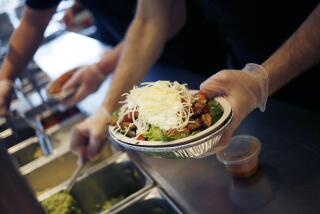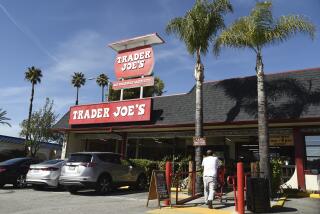Healthful food is not necessarily more expensive than junk food
Grabbing a burger and a doughnut may seem cheaper than downing a daily dose of fruits and vegetables, but that may not always be true, according to the U.S. Department of Agriculture.
Price depends on how you measure it, according to a new USDA report. When factored by calorie, a cookie will more often than not cost less than a red bell pepper.
Most previous studies have calculated cost by measuring food energy – or the price per 100 grams divided by the number of calories present. But the measure doesn’t account for the amount of food consumed or accurately predict out-of-pocket expenses, according to the authors of the study.
Consider skim milk, which has half the calories of whole milk. The price-per-calorie is much higher for the former, though the listed shelf price is often the same for both.
Calorie-based pricing also doesn’t consider the amount or nutritional value of food – key factors in an environment where obesity is rampant and food deserts are common.
So the USDA also looked into the price of food per edible weight, which measured food after it has been cooked and the seeds, bones, peels, skins and shells taken out. Another pricing mechanism: using the average portion consumed by adults.
By those gauges, snacks that are heavy in sodium, added sugars and saturated fats and don’t come from standard food groups – think sodas and candy – actually cost more than grains, dairy and greens. Meat also tends to be expensive.
RELATED:
Food prices will continue to rise in 2012, says USDA
Food is getting more expensive internationally, says World Bank
Meats, cheese and other supermarket food now cost 6.9% more
Price of Thanksgiving dinner up 13%, biggest jump in two decades
Follow Tiffany Hsu on Twitter and Google+







